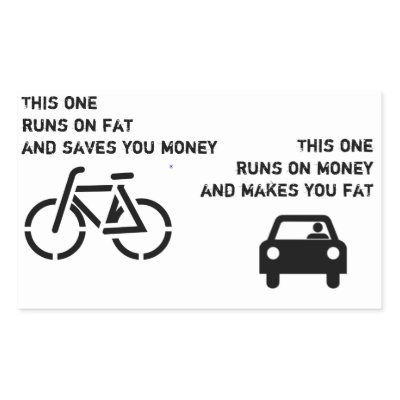It seems like even more of an odd past-time when you travel a good 2 hours or so to get to the start line.
But that is what we did for the British Universities and Colleges Hill Climb Championships today. A long drive to the Peak District to climb the 'legendary' Curbar Gap.
It is a short sharp climb, averaging 7.2% for its 2.25km length.
At the event there were 150 Male Participants and 37 Females - a good turn out by any standards, and with some pretty strong riders in the field in both the male and female categories.
Arriving at the local pub (the race base) at about 1130 the seven of us from Warwick had start times spread between 1230 and 1500, so there was plenty of time to prepare (remove bottle cages, saddle bags and any other excess weight!) - especially for me as I didn't start till 1448.
I rode the course before the first starters and came to the conclusion that "yes, it was steep, and yes it was short, and yes it was going to hurt - a lot!" (no surprises there I guess - it is a UK climb!).
When it finally came to my start I gunned it off the line - perhaps too hard, but I knew that my power at the moment isn't great so I needed to use it while I could, then push through with my better aerobic fitness.
It was 6:07 mins of very high heart rates, panting and a continued repetition of "shut up legs" *in Jens Voigt's voice* in my head.
I was pretty happy with 6:07 - it put me securely in the top ten with a joint seventh result - can't ask much better than that for my first ever hill climb.
Perhaps with a bit more specific hill training, some lighter wheels and a bit more experience of hill climbs, I might reach the podium next year - it was only 20 seconds away! For certain I will be back, it was well worth the few hours in the minibus. It seems much like rowing, the sport of hill climbing suits my masochistic nature - I'll be on the look out for a few to do at home when I am back over the Christmas period!
Bring on the burn!
Full Results List (downloads Excel file)





